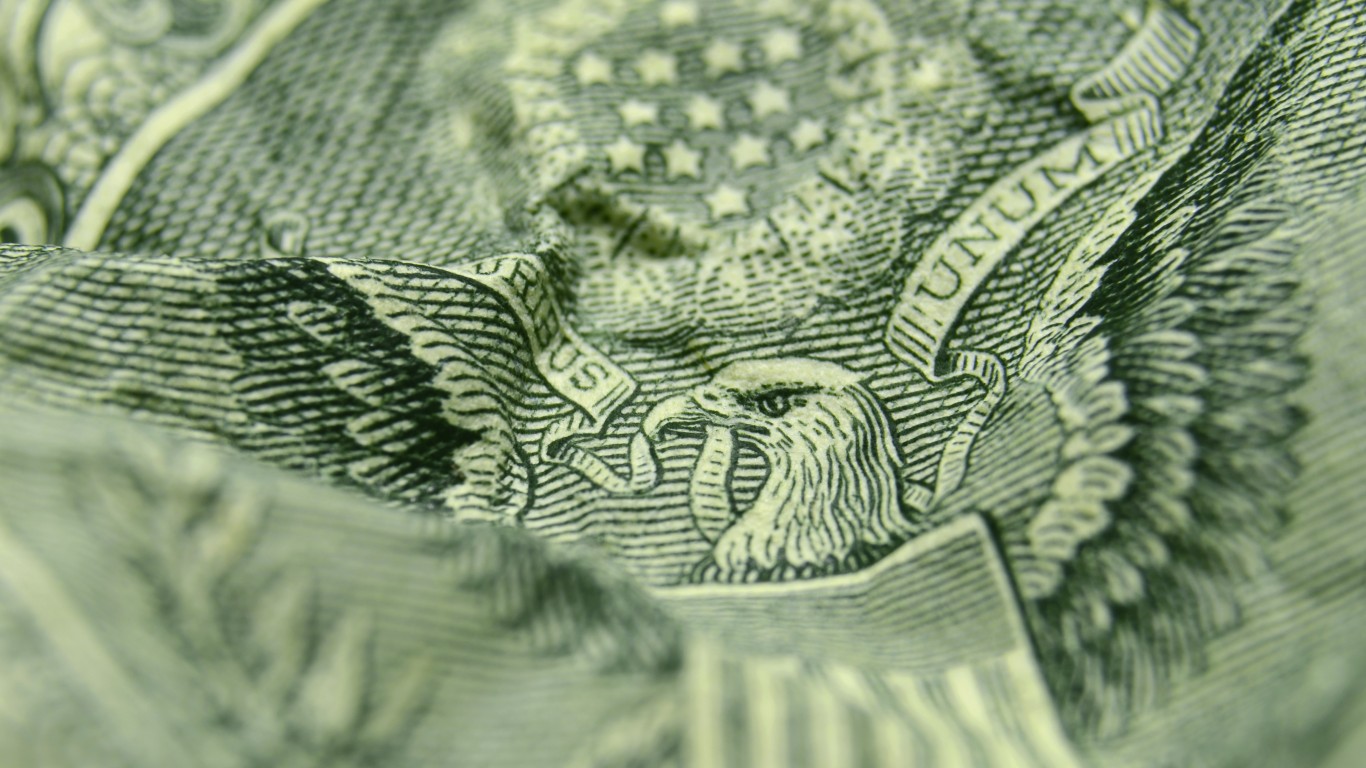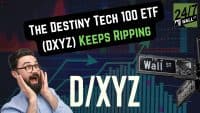
The latest minutes from the July Fed meeting revealed the possibility of longer-than-expected higher interest rates, pushing the U.S. dollar higher. A strong dollar attracts foreign money from investors seeking dollar-denominated returns, providing an edge to domestic-focused companies.
Additionally, energy cost in America decreases with a stronger dollar, thereby lowering industrial cost, increasing profitability and propelling the overall economy. Investors seeking to benefit from the strength in the greenback could consider ETFs such as Invesco DB US Dollar Index Bullish Fund UUP, WisdomTree Bloomberg U.S. Dollar Bullish Fund USDU, iShares Russell 2000 ETF IWM and iShares Currency Hedged MSCI EAFE ETF HEFA.
The latest minutes from the Fed’s July meeting showed “most” policymakers continued to prioritize the battle against inflation, while “some participants” cited risks to the economy of pushing rates too far. The latest data on retail sales also stoked fears of continued higher interest rates. U.S. retail sales came in better than expected, rising 0.7% in July.
Additionally, inflation in the United States rose for the first time in July after 12 straight months of decline. The Consumer Price Index rose 3.2% year over year, up from an annual increase of 3% in June, which was the lowest rate in over two years. Although inflation has dropped from a peak of 9.1%, it is still significantly above the Federal Reserve’s 2% target.
Further, the Fitch downgrade of U.S. credit rating and multiple bank downgrades have raised the appeal for the greenback as a safe-haven play.
Fitch Ratings downgraded the U.S. credit rating to AA+ from AAA, citing “expected fiscal deterioration over the next three years,” an erosion of governance and a growing general debt burden. This has resulted in a strong sell-off in the stocks and a surge in yields. Meanwhile, ratings agency, Moody’s downgraded the credit ratings of several small to mid-sized U.S. banks and warned that it may downgrade some of the nation’s biggest lenders too, citing a looming mild recession, higher interest rates and increased funding costs.
Let’s now discuss the ETFs in detail:
UUP
Invesco DB US Dollar Index Bullish Fund is the prime beneficiary of the rising dollar as it offers exposure against a basket of six world currencies. This is done by tracking the Deutsche Bank Long USD Currency Portfolio Index – Excess Return plus the interest income from the fund’s holdings of U.S. Treasury securities. In terms of holdings, Invesco DB US Dollar Index Bullish Fund allocates nearly 57.6% in euro and 25.5% collectively in the Japanese yen and British pound.
The fund has managed an asset base of $534.7 million while seeing an average daily volume of around 1 million shares. UUP charges 77 bps in annual fees and has a Zacks ETF Rank #2 (Buy) with a Medium risk outlook.
USDU
WisdomTree Bloomberg U.S. Dollar Bullish Fund is another way to play the rise in the dollar directly. It offers exposure to the U.S. dollar against a basket of foreign currencies by tracking the Bloomberg Dollar Total Return Index. WisdomTree Bloomberg U.S. Dollar Bullish Fund exhibits strong negative correlations to international equity and bond portfolios.
WisdomTree Bloomberg U.S. Dollar Bullish Fund has amassed $222.4 million in AUM and trades in a good volume of about 210,000 shares per day on average. It charges 50 bps in annual fees.
IWM
A strong dollar provides an edge to domestic-focused companies as small caps do not have much exposure to the international market. iShares Russell 2000 ETF will benefit from a rising dollar. It provides exposure to a broad basket of 1,993 stocks by tracking the Russell 2000 Index, with none holding more than 0.5% of assets. iShares Russell 2000 ETF is the most popular and liquid choice in the small-cap space, with AUM of $54.7 billion and an average trading volume of around 26 million shares.
iShares Russell 2000 ETF charges 19 bps in annual fees and has a Zacks ETF Rank #3 (Hold) with a Medium risk outlook.
HEFA
The strength in the greenback would compel investors to recycle their portfolios into the currency-hedged ETFs. For those seeking exposure to the developed market, iShares Currency Hedged MSCI EAFE ETF could be an intriguing pick. It targets the developed international stock market in Europe, Australasia, and the Far East with no currency risk. iShares Currency Hedged MSCI EAFE ETF tracks the MSCI EAFE 100% Hedged to USD Index.
The fund has AUM of $3.5 billion and trades in a solid volume of 480,000 shares. HEFA charges 35 bps in fees per year from investors and has a Zacks ETF Rank #3 with a Medium risk outlook.
Invesco DB US Dollar Index Bullish ETF (UUP): ETF Research Reports
iShares Russell 2000 ETF (IWM): ETF Research Reports
WisdomTree Bloomberg U.S. Dollar Bullish ETF (USDU): ETF Research Reports
iShares Currency Hedged MSCI EAFE ETF (HEFA): ETF Research Reports
To read this article on Zacks.com click here.
This article originally appeared on Zacks
Take This Retirement Quiz To Get Matched With An Advisor Now (Sponsored)
Are you ready for retirement? Planning for retirement can be overwhelming, that’s why it could be a good idea to speak to a fiduciary financial advisor about your goals today.
Start by taking this retirement quiz right here from SmartAsset that will match you with up to 3 financial advisors that serve your area and beyond in 5 minutes. Smart Asset is now matching over 50,000 people a month.
Click here now to get started.
Thank you for reading! Have some feedback for us?
Contact the 24/7 Wall St. editorial team.



